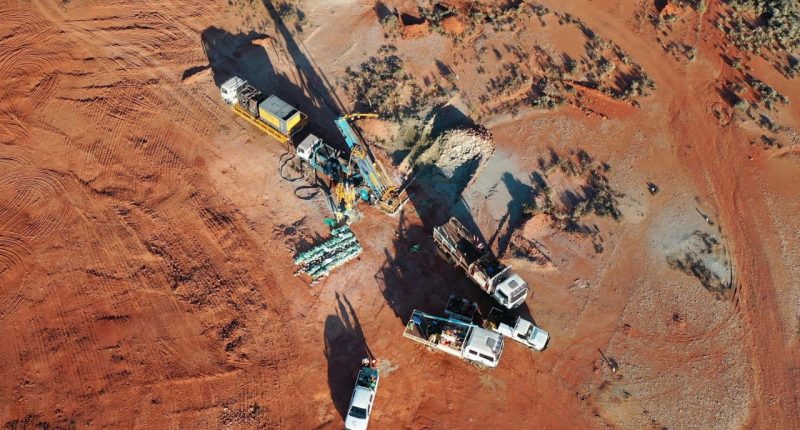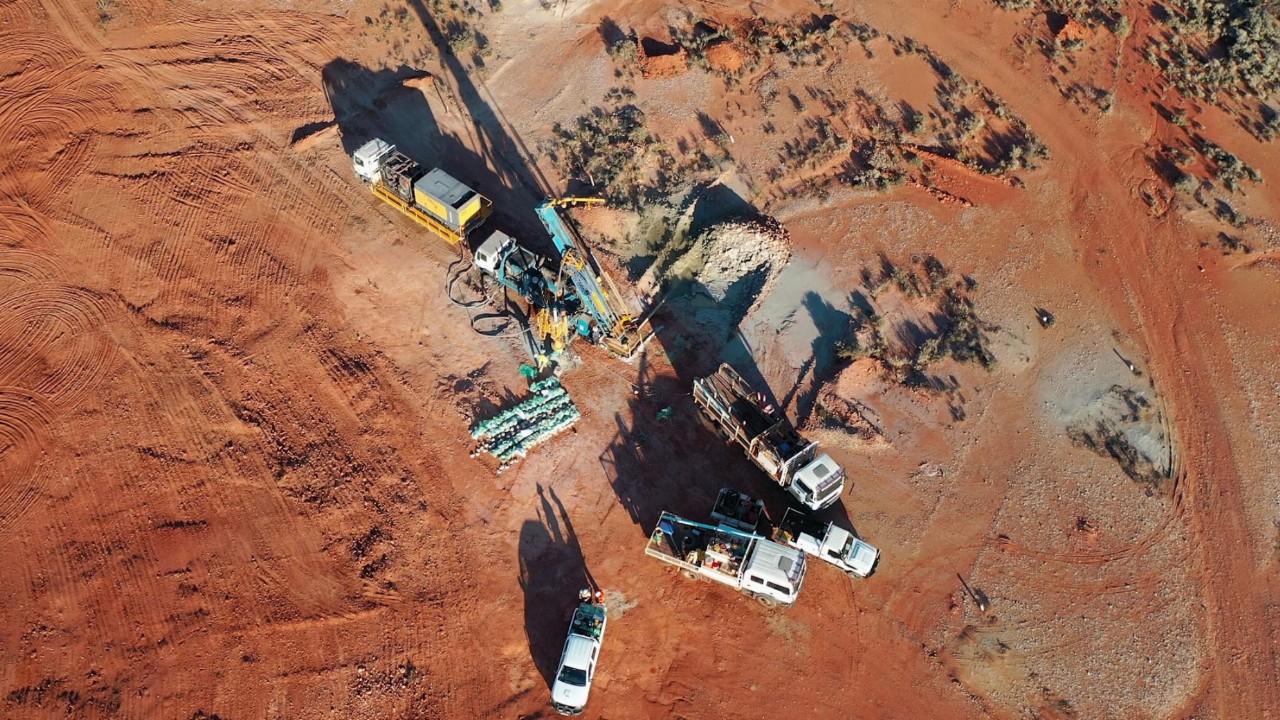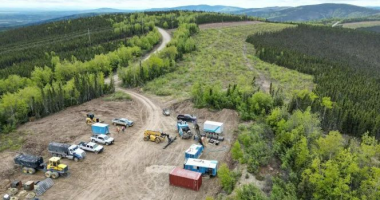- Golden State Mining (GSM) defines new lithium anomalies through sampling work at its Paynes Find project in Western Australia
- First-pass soil geochemistry work returned lithium anomalism grading up to 217 parts per million, with pathfinder element support
- The top grade comes from the highest-priority area of 29 areas of interest identified through this work, which lies on a six-kilometre trend where GSM is planning infill soil testing
- So far, Golden State has completed sampling over 14 per cent of its granted project area and says there is still a significant amount of ground left to evaluate
- GSM shares were last trading at 3.9 cents at 11:55 am AEDT
Golden State Mining (GSM) has defined new lithium anomalies through sampling work at its Paynes Find project in Western Australia.
According to the company, first-pass geochemical sampling identified a clear anomaly with up to 217 parts per million (ppm) lithium with pathfinder element support. So far, sampling work has covered 14.4 per cent of the project.
“This first phase of work has provided encouraging lithium results at our Paynes Find project so early in 2023, giving GSM great momentum for the field season ahead,” GSM Managing Director Michael Moore said.
“This outcome also provides vectors for drill targeting at the project later in the year.”
Additionally, two priority targets were outlined to be up to six kilometres long. The highest-priority area for follow-up infill drilling lies on the western side of the central tenement area in an area with several lithium anomaly samples.
The second priority area is on the northeastern end of the northern tenement. The highest lithium assay recorded at this location was 158 ppm along with 23.9 ppm caesium, and 157 ppm rubidium.
GSM shares were last trading at 3.9 cents at 11:55 am AEDT.








